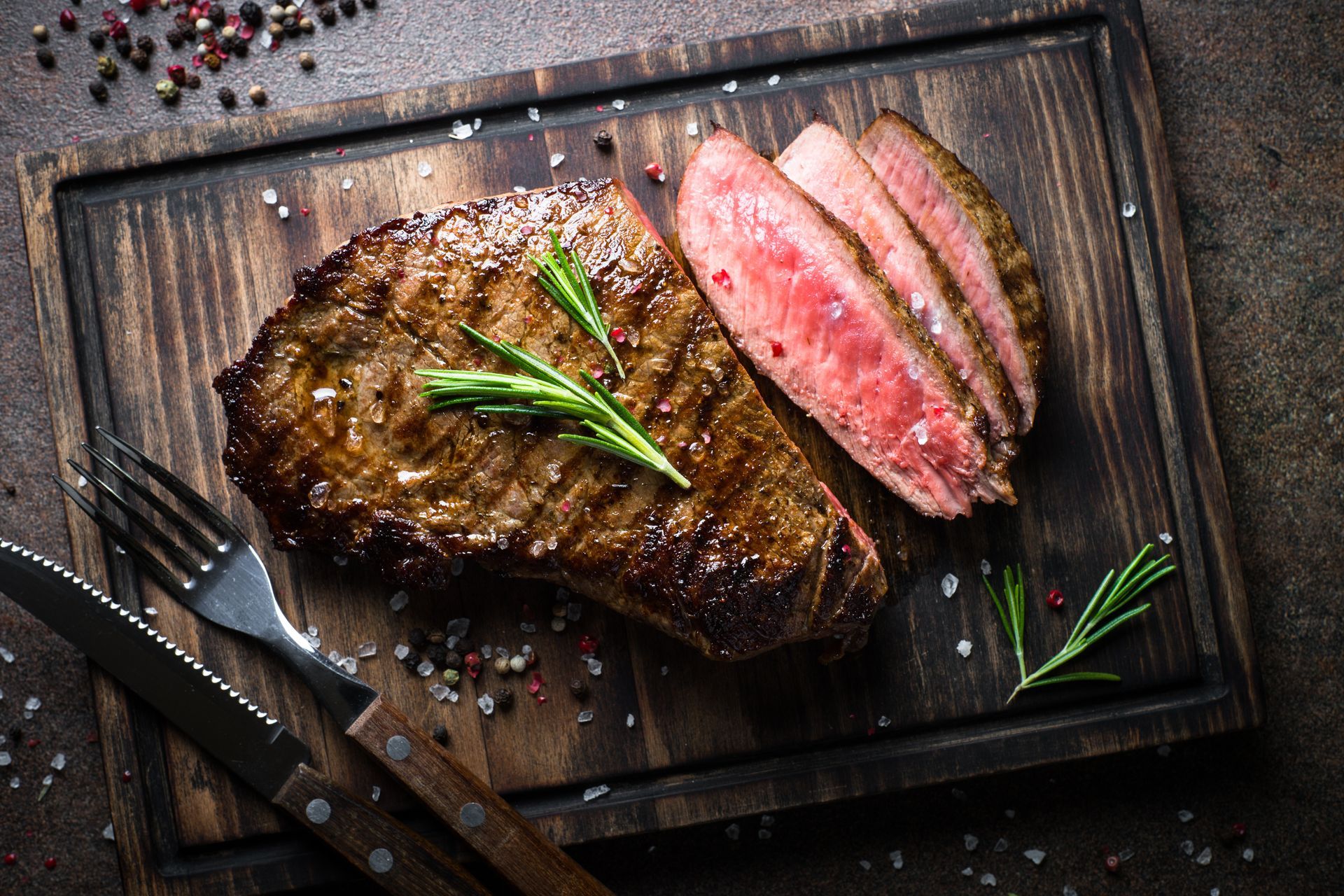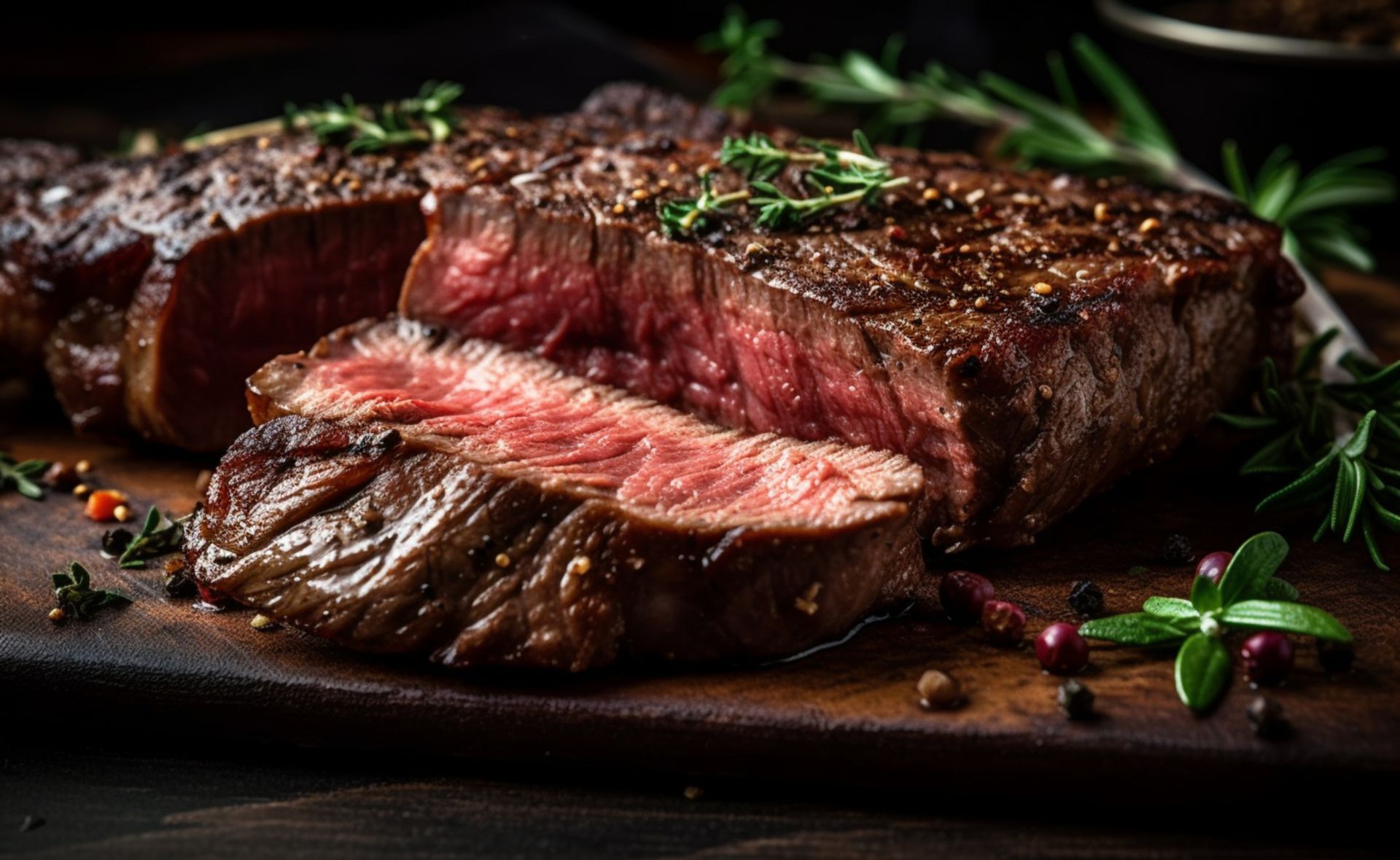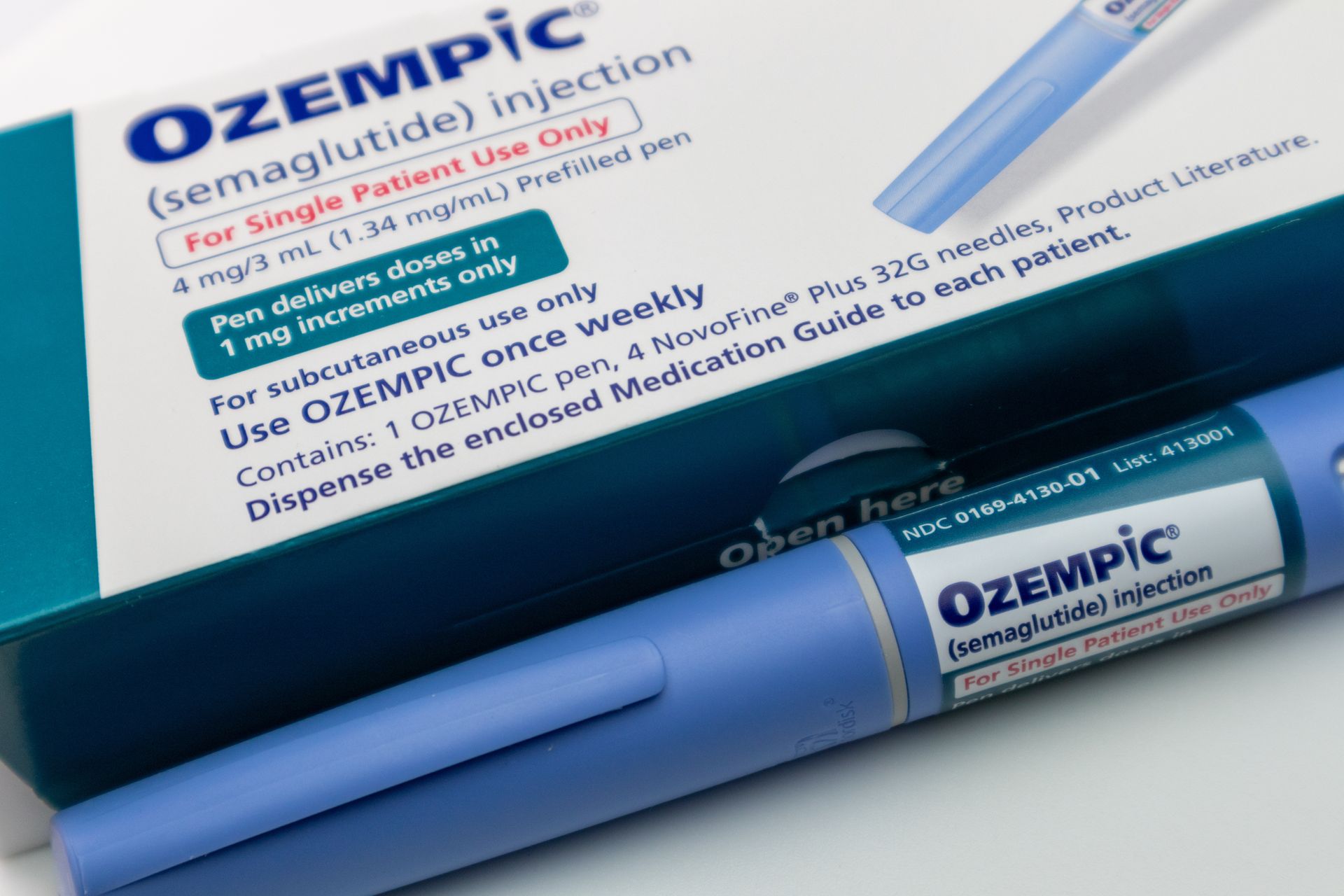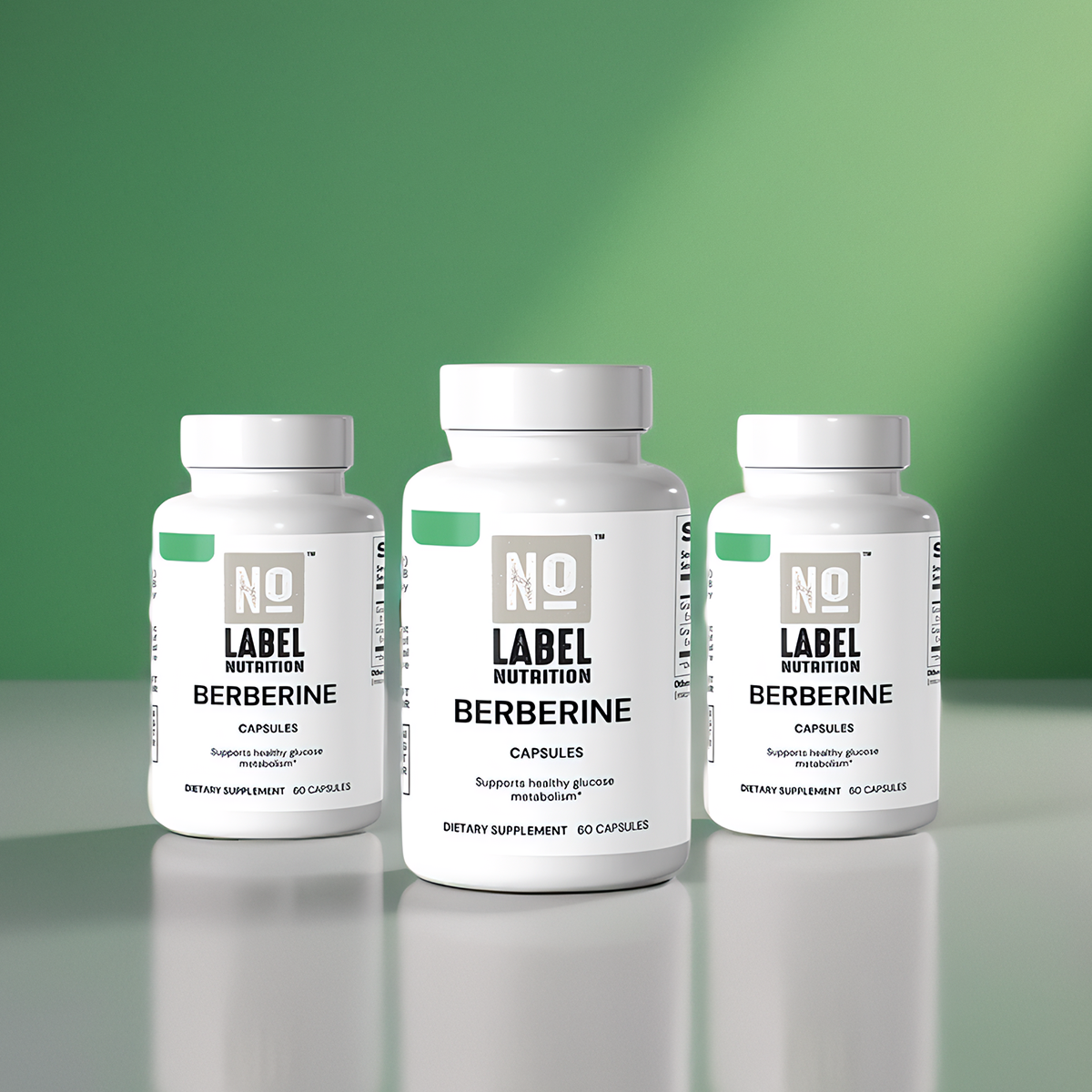The Health Benefits and Dangers of Red Meat | Kansas City Laser-Like Lipo®
The Double-Edged Sword: The Health Benefits and Dangers of Red Meat

Photo Credit: Shutterstock
Presented by Kansas City Laser-Like Lipo®
Hello, health enthusiasts! We are Kansas City Laser-Like Lipo®, your go-to source for holistic wellness and fat-reduction solutions. While our primary focus is on cutting-edge treatments like laser-like lipo to help you achieve a healthy, toned physique, we also advocate for a balanced lifestyle. Today we delve into a topic that has sparked debates in health circles: the consumption of red meat.
Red meat has been a staple in many diets for centuries. From sumptuous steaks to hearty meatloaf, red meat isn’t just delicious—it's nutrient-rich too. However, there's a growing body of evidence indicating that high consumption of red meat, especially processed types, can lead to various health issues. One such concern is the accumulation of visceral fat, which is a high-risk fat that envelops internal organs like the heart, liver, kidneys, and lungs.
Let's take a balanced look at the health benefits and risks associated with eating red meat.
The Good Side: Health Benefits of Red Meat
Rich in Protein
One of the most well-known advantages of red meat is its high protein content. Protein is crucial for cellular repair, muscle growth, and general bodily maintenance. If you are into fitness or looking to build muscle mass, red meat can be an excellent addition to your diet, in moderation.
High in Essential Nutrients
Red meat is a source of essential nutrients like iron, zinc, and B vitamins. Iron is necessary for the production of hemoglobin, which carries oxygen throughout the body. Zinc is essential for a healthy immune system, while B vitamins like B12, niacin, and riboflavin help in the efficient release of energy from foods and the formation of red blood cells.
Contains Healthy Fats
Some cuts of red meat are rich in omega-3 fatty acids, which are beneficial for heart health. However, the omega-3 content varies based on the diet and lifestyle of the animal. Grass-fed beef tends to have a better fatty acid profile than grain-fed beef.
Satiety and Weight Management
Protein-rich foods like red meat are excellent at providing satiety. The feeling of fullness can help control appetite and reduce overall caloric intake, aiding in weight management when part of a balanced diet.
Versatility in Diet
Red meat can be a versatile addition to various types of diets, from low-carb and ketogenic to Paleo. Its adaptability makes it easier for people to stick to diet plans that may otherwise be restrictive.

Photo Credit: Shutterstock
The Flip Side: Health Risks of Red Meat
Visceral Fat Accumulation
A diet high in red meat, especially processed meats like sausages and hot dogs, can contribute to the accumulation of visceral fat. This dangerous type of fat wraps around your internal organs and is linked to a higher risk of heart disease, diabetes, and certain cancers. At Kansas City Laser-Like Lipo®, we offer non-invasive solutions to target visceral fat, but prevention through a balanced diet is the first line of defense.
High Saturated Fat and Cholesterol
Certain cuts of red meat are high in saturated fats and cholesterol, which may contribute to heart disease. While the relationship between dietary cholesterol and heart disease has been somewhat revised in recent years, moderation remains key.
Increased Cancer Risk
There’s growing evidence that excessive consumption of red meat, particularly processed types, is associated with a higher risk of certain cancers, like colorectal cancer. The additives, preservatives, and high cooking temperatures may contribute to this risk.
Environmental Concerns
Though not a direct health risk, it’s worth noting that red meat production has a significant environmental impact, including deforestation and greenhouse gas emissions. Opting for sustainably sourced meat can mitigate some of these concerns.
High Caloric Content
Though red meat can help with weight management due to its protein content, it is also high in calories. Overconsumption can lead to weight gain, offsetting its benefits.
Striking a Balance
Given the pros and cons, the key to enjoying red meat lies in moderation and mindful selection.
1. Opt for Lean Cuts: Choose leaner cuts like sirloin or tenderloin to minimize saturated fat intake.
2. Go for Grass-Fed: If possible, select grass-fed meat for a healthier fatty acid profile.
3. Limit Processed Meat: Avoid or minimize consumption of processed meats like sausages, hot dogs, and deli meats.
4. Portion Control: Stick to moderate portions, aiming for 3-4 ounce servings.
5. Diversify Protein Sources: Include other sources of protein like fish, poultry, legumes, and plant-based options in your diet.
At Kansas City Laser-Like Lipo®, we believe in holistic health, which includes a balanced diet along with our non-invasive fat-reduction treatments. Red meat can be part of a healthy diet but should be consumed in moderation, considering both its health benefits and potential risks, especially the danger posed by visceral fat.
So the next time you’re tempted to indulge in a giant steak, consider the implications and opt for a balanced approach to your diet. After all, health is wealth, and knowledge is the first step to a healthier you.
Stay tuned for more insights on maintaining a balanced lifestyle, and don't hesitate to reach out to us at Kansas City Laser-Like Lipo® for all your wellness needs.
Disclaimer: This article is for informational purposes only and is not a substitute for professional medical advice, diagnosis, or treatment. Always seek the advice of your physician or other qualified health provider with any questions you may have regarding a medical condition.
Remember, a well-rounded diet and lifestyle are essential for long-term health and well-being. Your choices today shape your health tomorrow.
Thank you for reading. Stay fit, stay informed!
For more information about our laser-like lipo treatments and other wellness services, visit Kansas City Laser-Like Lipo® or call us to book an appointment.











Share On: